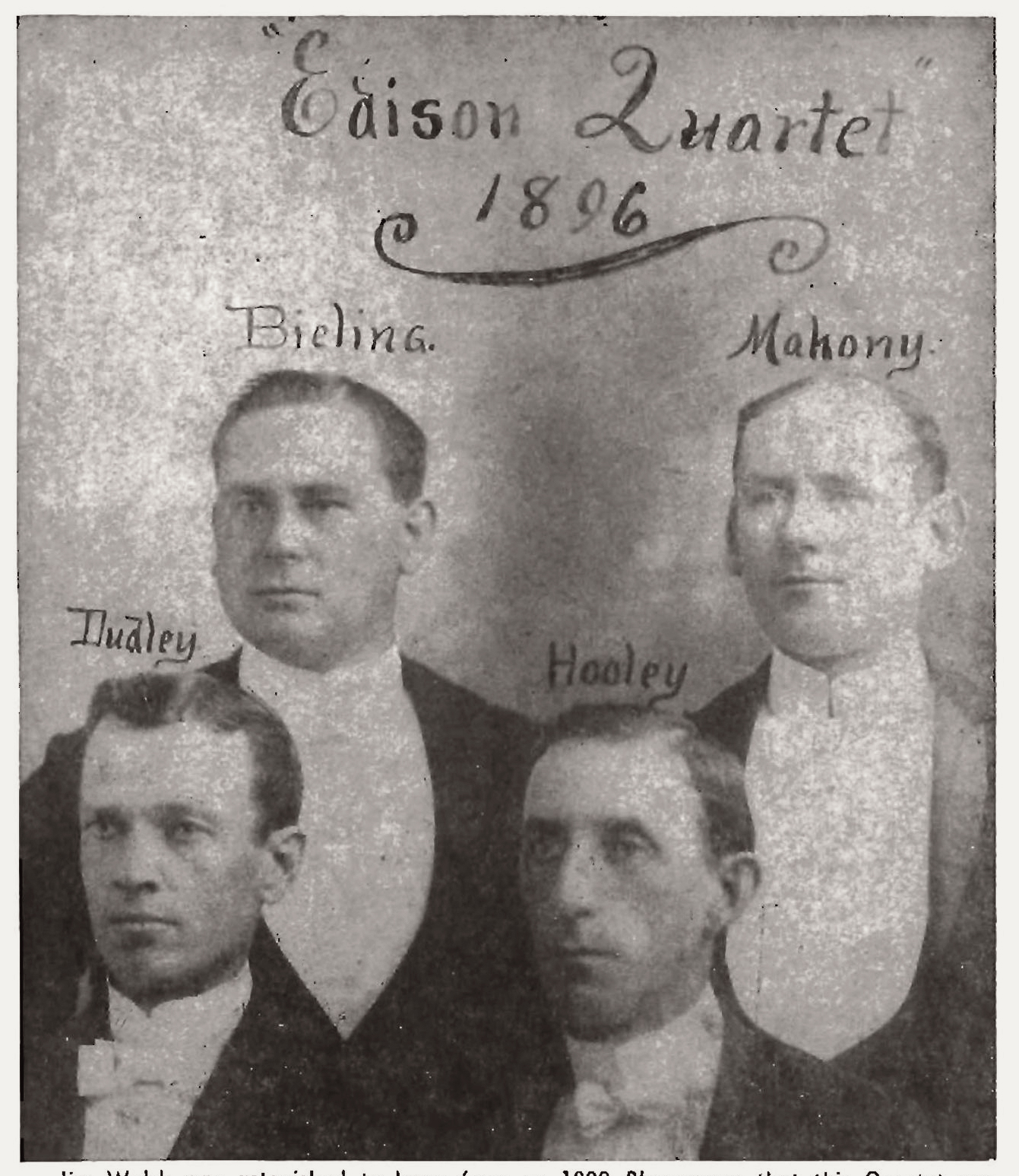Introduction to Sweet Adeline
"Sweet Adeline" by the Haydn Quartet, recorded in the early 1900s, is a quintessential example of the vaudeville ballad style that captivated audiences at the turn of the 20th century. This track, performed by one of the era's most popular vocal groups, showcases the rich harmonies and emotive delivery that were hallmarks of pre-radio popular music.
Cultural Context and Impact
Emerging during a time when ragtime and vaudeville performances dominated the entertainment landscape, "Sweet Adeline" became a staple in salon and theater circuits. The song's popularity was amplified by its release on both cylinder and disc formats, making it accessible to a wide audience. Its enduring appeal is evidenced by its continued presence in barbershop quartet repertoires, a testament to its timeless melody and harmony.
Production and Sound
The Haydn Quartet's rendition of "Sweet Adeline" is notable for its early acoustic recording techniques, capturing the group's harmonious blend with a clarity that was groundbreaking for its time. The arrangement features a seamless interplay of tenor, lead, baritone, and bass voices, creating a lush, resonant sound that transports listeners back to the early days of recorded music.
Modern Legacy
Despite being over a century old, "Sweet Adeline" remains relevant today, often performed by contemporary a cappella groups and featured in historical retrospectives of early American music. Its influence can be seen in the continued interest in barbershop quartets and the revival of traditional vocal harmonies in modern music.


Comments (0)